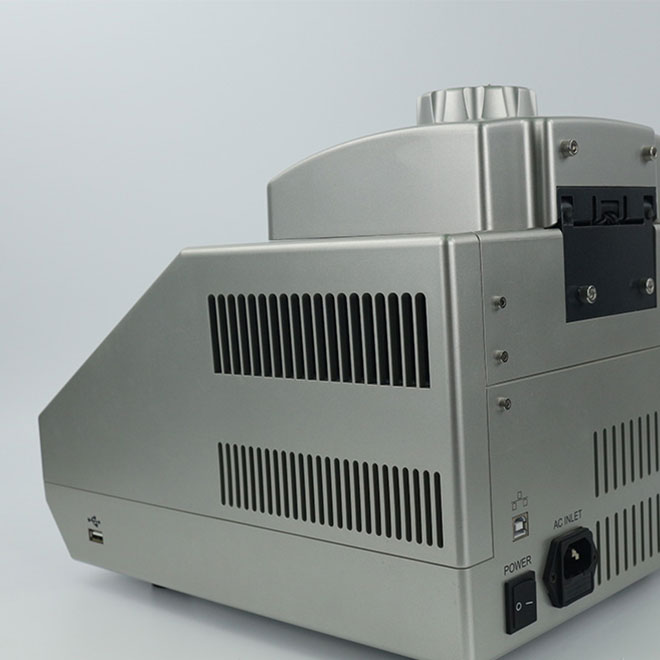Description
Quick Details
Cost effective PCR Thermal Cycler machine MSLPCR13 for DNA Testing thermocycler machine
Quite running
Energy saving
Skillful manufacture
Environment-friendly
Authorized certification
Packaging & Delivery
| Packaging detail:Standard export package Delivery detail:within 7-10 workdays after receipt of payment |
Specifications
PCR Thermal Cycler machine MSLPCR13 description
Cooling technology Peltier-based
Display LCD display and touch sereen(5.7 inch)

Heating speed of ramping Up to4??/scc
Cooling speed of ramping Up to 4??/see
Temp. Uniformity ≤??0.3??
Cost effective PCR Thermal Cycler machine MSLPCR13 for DNA Testing thermocycler machine
Cheap PCR Thermal Cycler machine MSLPCR13 feature
Quite running
Energy saving

Skillful manufacture
Environment-friendly

Authorized certification

Which real-time or digital PCR system is right for you?
To understand why traditional PCR is limited, it is important to understand what happens during the PCR reaction. A basic PCR run can be divided into three phases:
Index period
Accumulated product exactly doubles with each cycle (assuming 100% reaction efficiency). The reaction is highly specific and precise. Exponential amplification occurs because all reagents are freshly available and the kinetics of the reaction drive the reaction in favor of amplicon doubling.
Linear phase (high variability)
As the reaction continues, some reagents are consumed by amplification. The reaction starts to slow down, and the PCR product no longer doubles with each cycle.
Plateau (endpoint: gel detection using conventional methods)
The reaction stops, no more product is produced, and if left long enough, the PCR product will start to degrade. Because each sample has different reaction kinetics, each tube or reaction will plateau at a different time point. These differences can be seen during the plateau. During the plateau period, conventional PCR performs the measurement, also known as endpoint detection.
Variation in plateau measurements with conventional PCR
Three replicate samples had the same amount of DNA at the start of the reaction and different amounts of PCR product during the plateau phase of the reaction (due to changes in reaction kinetics). Therefore, it will be more accurate to make measurements during the exponential period, where replicate samples expand exponentially.
Real-time PCR measures during exponential phase for more accurate quantitation
Real-time PCR focuses on the exponential phase because it provides more precise data for quantification. During the exponential period, the real-time PCR instrument calculates two values. The threshold line is the level of detection at which the fluorescence intensity of the reaction exceeds background. The PCR cycle at which the sample reaches this level is called the cycle threshold (Ct). Ct values are used for downstream quantification or presence/absence detection. By comparing the Ct values of a sample of unknown concentration with a series of standards, the amount of template DNA in an unknown reaction can be accurately determined.
Digital PCR counts individual molecules for absolute quantification
Digital PCR works by splitting the sample into many individual real-time PCR reactions; some of these reactions contain the molecule of interest (positive) and others do not (negative). After PCR analysis, a fraction of the negative results are used to generate absolute results for the exact amount of target molecule in the sample without the need for reference standards or endogenous controls.
MedsinglongPCR system, from kits, instruments, enzymes, master mixes, reagents, optical cartridges, plastic accessories, spare parts to software etc. Medsinglong real-time quantitative PCR system is a fully integrated quantitative PCR amplification, detection and data analysis system. Medsinglong increases productivity with its unique modular and flexible design, intuitive touch screen interface, advanced and easy-to-use reporting system, and monitors more than 120 attributes through built-in online diagnostic system, so that when analytical problems or instrument problems arise find out the reason.
















There are no reviews yet.